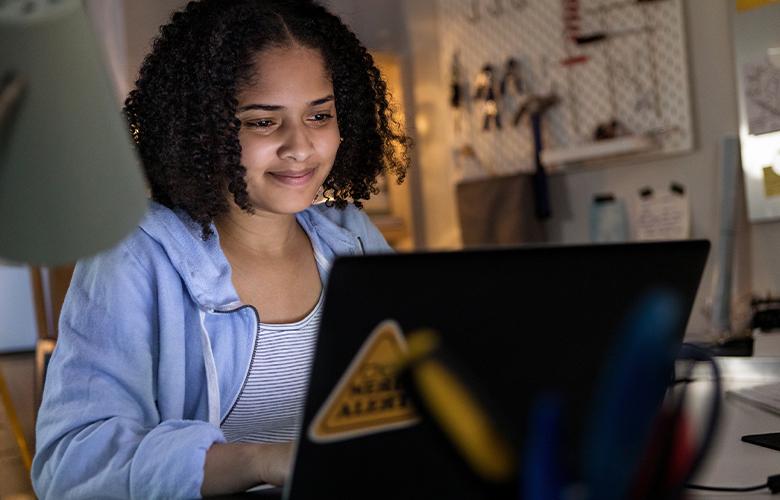
Many colleges and universities are shifting from in-person to virtual classrooms due to COVID-19, and learning to teach in an online environment can be a bit daunting. To make this transition less stressful, I want to share some recommendations. This post is a follow-up to my March 12 post, Making the Transition to Virtual Classrooms.
For your initial classes, it is crucial to orient students and show them how to communicate with each other and with you inside the virtual room. Plan to spend the first 10 minutes of your first few online classes ensuring students understand the features inside the online platform:
- Walk students through the virtual layout; let them practice sending a chat to everyone in the group.
- Show students the virtual features you want them to use, such as the hand raise option, and let them practice using these tools before you start the class.
I also strongly recommend that you work with your institution to set up a technical trainer to join all of your online classes. While this is a big request, this back-up support can be the difference between a good online class and a great one.
The technical trainer can:
- Help you manage the technology platform for your students.
- Make sure all students can see and hear you during the online training, and you won’t have to stop the course to help one person with technical issues.
- Help students reconnect to your meeting should they run into trouble. It’s very common, especially the first few times someone signs into a new virtual platform, to experience audio or bandwidth connectivity issues.
- Act as a surrogate audience member since they will see and hear what the students are experiencing. If, for example, your audio starts to fade out or your screen share is malfunctioning, the technical trainer can alert you to the problem. This enables you to handle the situation immediately rather than finding out about the problem later.
- Help summarize any chat box comments, monitor the hand raise feature, and support breakout rooms, allowing you to focus on teaching.
I realize that some institutions will not have the luxury of employing trained technical support staff to monitor all their courses. Here are a few alternatives to explore:
- See if your institution might pay a student who is good with technology to fill this role for your courses
- Ask if your teaching assistant could fill this role (if you have one)
- Ask another professor or teacher to partner with you to be each other’s technical support person, thereby making both of your classes more effective
To read more about effective online teaching and training techniques, see my eLearning Industry article. Good luck and stay safe.
| Zoe Baptista is an e-learning professional with more than a decade of experience developing effective online facilitation and training tools that support distance learning. |

Add new comment